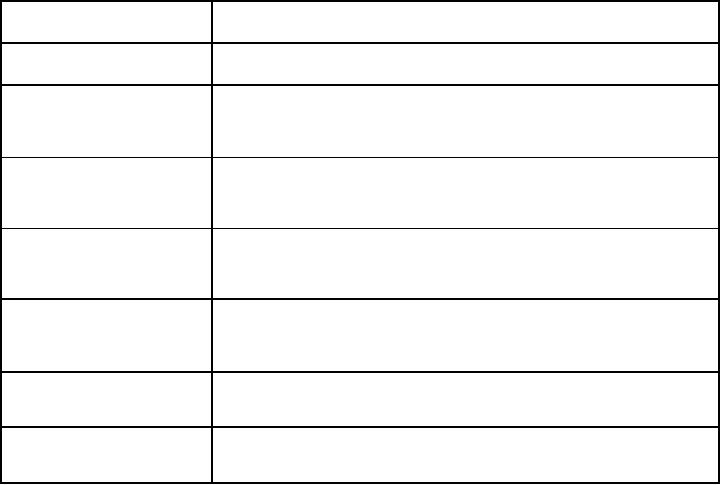
Table 10-1 describes the relationship between the glide path information relayed to the
pilot based on the corresponding aircraft target position on the PAR elevation cursor:
Glide path information
Determined By (Aircraft Target Position)
On glide path
The elevation target is bisected by the glide path cursor.
Slightly above glide
The lower-middle quarter of the elevation target is intersected
path
by the glide path cursor.
Slightly below glide path
The upper-middle quarter of the elevation target is
intersected by the glide path cursor.
Above glide path
The lower-most quarter of the elevation target is intersected
by the glide path cursor.
Below glide path
The upper-most quarter of the elevation target is intersected
by the glide path cursor.
Well above glide path
The elevation target is completely above (does not touch) the
glide path cursor.
Well below glide path
The elevation target is completely below (does not touch) the
glide path cursor.
Table 10-1 -- Glide path information
Safety Limits Exceeded
Per FAAO JO 7110.65, prior to an aircraft passing decision height, whenever the
completion of a safe approach is questionable because safety limits are exceeded or
radical target deviations are observed, the controller shall instruct the aircraft if runway
environment not in sight, to execute a missed approach if previously given or climb to or
maintain a specified altitude and fly a specified course.
If the final controller observes a radical descent deviation at any time, ―LOW ALTITUDE
ALERT. CHECK YOUR ALTITUDE IMMEDIATELY‖ shall be transmitted to the pilot.
―TOO LOW FOR SAFE APPROACH‖ If, after final descent, the aircraft target is well
below glide path (not touching the glide path cursor) and touches the lower safe limit
cursor. Due to the convergence of the glide path and lower safe limit cursors, ―TOO
LOW FOR SAFE APPROACH‖ shall be further defined as: If, at one mile, the aircraft
target is not touching and below the glide path cursor.
10-14

